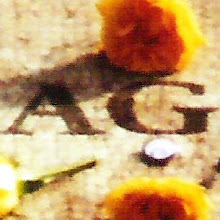Sean Hillen and the New Wave of Photomontage
"Irelantis" is the title of the works and exhibits of the man Sean Hillen. As you can probably tell from the title of his works, he is Irish. He has decided to take up the art form of photomontage in order to speak out and recognise the troubles that the country has been going through in his lifetime. His photomontages are all done by him alone: he takes all the photographs for them and he cuts and pastes them. The first set of "Irelantis" was concerned about the war, and were therefore full of anxiety and fear. His second installment in "Irelantis" was more centred on love and peace. He wanted to settle people's anxieties. It all started as political satire, asking the question of civilisation or not. This is exactly what photomontage in the Weimar Culture was brining forth. If you are interested in seeing some of the work of Sean Hillen, you can check out his web-page.

